Dementia disease is an irreversible, progressive brain disorder that slowly destroys memory and thinking skills and, eventually, the ability to carry out the simplest tasks. It is the most common form of dementia and is a multifactorial problem. There are numerous facets to this disease process and in order to achieve success, they must all be addressed.
Much of what you are about to read may be new and or unconventional. The approach at Utopia Wellness is holistic in that we treat the entire individual patient versus the treatment of a diagnosis or isolated body part(s). Frequently the diagnosis is just the symptom. What caused the diagnosis is the problem.
What you eat, what you think, and how you feel can impact your health and lead to the disease process. By addressing each area, the body is more capable of healing.
Diet
One of the first components of our program is diet. The brain is composed of about 75% water and is the fattiest organ in the body, consisting of a minimum of 60% fat. In normal energy metabolism, carbohydrates provide a ready supply of glucose, the brain’s primary fuel. Cognitively normal, healthy older adults experience a 10% reduction in the brain’s ability to metabolize glucose compared to healthy young people. But this decline accelerates as Dementia hits. Those with early AD have a 20% decrement in glucose utilization, compared with healthy elders.
What doesn’t change, though, is the brain’s ability to take up ketone bodies. A diet with a 70% fat, 20% protein, 10% carbohydrate ratio, increases ketones in the body. When carbs are limited or absent, serum insulin decreases, and glucagon increases. This promotes lipolysis. Ketones (primarily beta-hydroxybutyrate and acetoacetate) are formed in the liver from the newly released fatty acids, and released into the circulation, including into the brain during times of decreased glucose availability – a state characteristic of Dementia disease.
In a small pilot study, Dementia patients who followed the University of Kansas’s ketogenic diet program improved an average of 4 points on one of the most important cognitive assessments in dementia care, the Dementia Disease Assessment Scale–cognitive domain (ADAS-cog)1. This is statistically significant and showed improved cognition in Dementia disease patients better than any anti-amyloid drug that has ever been tested.
Thus given the fact that our body makes about 80% of all our lipids and that no more than 20% is provided by our diet, we must examine and adjust our diets in order to feed our brains. At Utopia Wellness, your nutritionist has compiled a diet designed to feed our brains as well as the rest of our bodies.
Hyperbaric Oxygen Therapy
The second component of our holistic program for dementia/Dementia is oxygen therapy. One issue that is crucial to brain health is our circulation. All our cells require oxygen. All our cells produce waste products, which are eliminated via the circulatory system. In America, for numerous reasons, hypertension or high blood pressure along with diabetes impedes our circulation. Obesity is at an all-time high, which also stresses our heart and further compromises our circulation as well. Thus helping our circulation is paramount if we are to stand any chance at reversing Dementia disease or dementia.
A recent study conducted by Dr. Paul Harch, Clinical Professor and Director of Hyperbaric Medicine at LSU Health New Orleans School of Medicine, and Dr. Edward Fogarty, Chairman of Radiology at the University of North Dakota School of Medicine, reports the first PET scan-documented case of improvement in brain metabolism in Dementia disease in a patient treated with hyperbaric oxygen therapy (HBOT)2 Their findings “demonstrated the largest improvement in brain metabolism of any therapy for Dementia disease,” notes Dr. Harch. “HBOT in this patient may be the first treatment not only to halt but temporarily reverse disease progression in Dementia disease.”
The report also contains video imaging, including unique rotating PET 3D Surface Reconstructions, which allow the layperson to easily see the improvements in brain function.
Detoxification
Our holistic approach to addressing dementia is whole-body detoxification. Researchers suspect that certain varieties of dementia might be caused by exposure to toxins. These toxins could include metals, molds, herbicides, and pesticides we are exposed to in our environment. Not only could these toxins cause the disease, but they can also inhibit healing.
Based on our extensive clinical experience with helping the body heal, it is no wonder that healing is an ever-difficult process. All toxins are acidic. Mainstream medicine believes that if our blood pH is alkaline our cells are alkaline. Regrettably, nothing could be further from the truth. Our body is programmed to maintain our circulating blood cell pH at about 7.38-7.42. Anything much higher or lower begins to set off a catastrophic series of events. However, the intracellular pH is an entirely different story. In fact, it is the intracellular pH that we try to get alkaline. We teach our patients how to monitor this variable and report back to us so that we can help achieve this feat.
One of the ways we do this is through extensive detoxification. Detoxification is not taught in mainstream medical schools. Our main detoxifying organs include our kidneys, liver, and large intestine. Again, the unique staff assembled at Utopia facilitates the detoxification of these vital organs. As these organs function better, the maintenance of our bodies becomes easier. The more organs we help function better, the more resources our body has to recruit from in order to repair dysfunctional matters.
Photobiomodulation Therapy
Photobiomodulation therapy is a safe, non-invasive modality based on research dating back to the 1960s. Low-level laser therapy uses near-infrared light to stimulate, heal, and repair damaged or dying cells and tissues. In research studies, outcomes were rapid and significant, noticeable within days, continuous, and sustained over 3 weeks.3 No negative side effects were observed.
A fundamental principle of photobiomodulation is that cells with mitochondria that are not in homeostasis are unbalanced and dysfunctional. Photobiomodulation treatment is designed to restore cellular homeostasis by exposing low-intensity light in the red to near-infrared wavelengths to help damaged cells heal.4
Neurons under oxidative stress are also helped by photobiomodulation. If similar light energy can reach neurons that are degenerating, as in the case of Dementia disease, we expect to observe a similar restorative response. Many of the key regions of the brain that suffer degeneration and contribute to the early onset of Dementia disease are located in the underside and middle parts of the brain. They are easily accessible from the nasal cavity, requiring less input energy and more certainty than if directed from the outside of the skull to achieve the same outcomes. Early cases of human use are encouraging with consistent reports of significant improvements in Dementia disease conditions with no adverse effects.4
Chelation Therapy
Ethylenediaminetetraacetic acid (EDTA) chelation therapy is crucial in facilitating blood flow and reversing the vascular arteriosclerotic plaque, hardening of the arteries, which decreases blood flow throughout the entire body including our brain.
EDTA is an amino acid in which the central atom (usually a metal ion) is attached to neighboring atoms by at least two bonds in such a way as to form a ring structure. Chelating is the process in which the metal ion reacts with another molecule to form the chelate.
The therapy can be understood simply as the removal of calcium deposits (from your arteries where you don’t want them) and other harmful minerals and heavy metals that promote blood clotting and atherosclerosis.
Emotional/Psychological Support
Finally, and by no means least or last, we have emotional support not only for the patient but also for their caregivers, who also are severely adversely affected by this heinous disease. We at Utopia Wellness strive to address all aspects of every one of our patient’s environments. Please note, all the modalities that I have chosen are proven. No one is more important than any other. Getting well and remaining well is an art and each one of the plans was developed to meet each individual’s needs. Remember doctors cannot cure, however, your body can heal given the appropriate assistance from the team at Utopia Wellness.
1 Matthew K. Taylor, Debra K. Sullivan, Jonathan D. Mahnken, Jeffrey M. Burns, and Russell H. Swerdlow. Feasibility and efficacy data from a ketogenic diet intervention in Dementia disease. Dementia Dement (N Y). 2018; 4: 28–36. Published online 2017 Dec 6. doi: 10.1016/j.trci.2017.11.002 PMCID: PMC6021549 PMID: 29955649
2 Paul G Harch, EdwardF Fogarty. Hyperbaric oxygen therapy for Dementia dementia with positron emission tomography imaging: A case report. Medical Gas Research, 2018; 8 (4): 181 DOI: 10.4103/2045-9912.248271
4 Lew Lim. The Potential of Treating Dementia disease with Intranasal Light Therapy. MedicLights Research Inc., Toronto, Canada August 2013 http://www.mediclights.com/wp-content/uploads/2013/11/Alzheimer-with-intranasal-light-08-22-13-1.pdf





